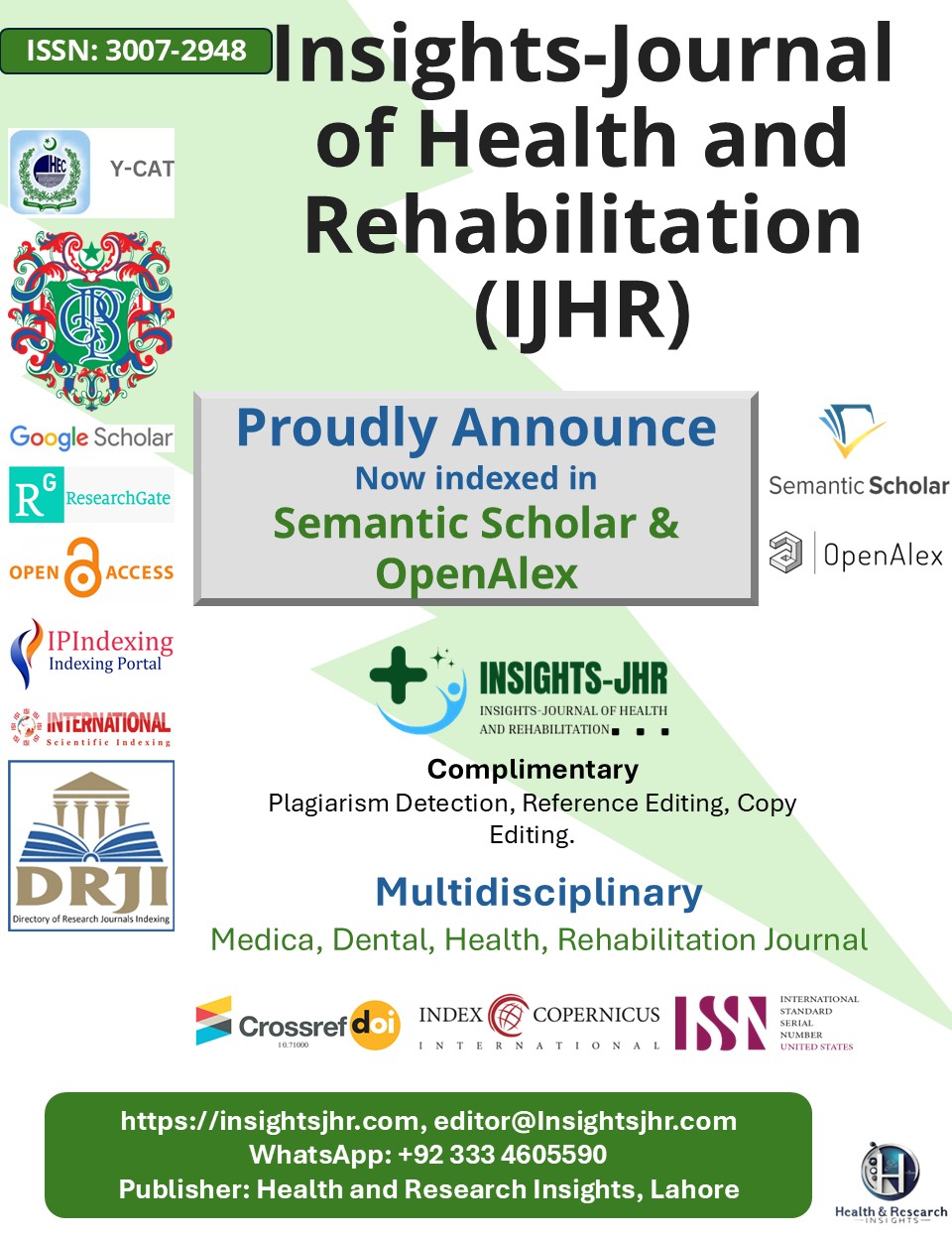EFFICACY OF ULTRASOUND GUIDED SCLEROTHERAPY IN CONGENITAL LYMPHATIC MALFORMATION WITH INJECTION BLEOMYCIN VERSUS BLEOMYCIN-ALBUMIN FOAM THERAPY
DOI:
https://doi.org/10.71000/yj1v5t23Keywords:
Bleomycin, Children, Foam sclerotherapy, Lymphangioma, Lymphatic malformation, Sclerotherapy, Ultrasound-guidedAbstract
Background: Congenital lymphatic malformations (lymphangiomas) are rare, benign vascular anomalies commonly diagnosed in early childhood. Despite being non-malignant, they may cause significant morbidity due to cosmetic disfigurement, functional impairment, and potential complications if left untreated. Sclerotherapy using bleomycin has emerged as a less invasive alternative to surgery. However, the comparative efficacy of its liquid versus foam form remains relatively unexplored, particularly in the pediatric population, necessitating further research to optimize management strategies.
Objective: To compare the efficacy and safety of ultrasound-guided intralesional bleomycin liquid sclerotherapy versus bleomycin-albumin foam sclerotherapy in the treatment of congenital lymphatic malformations in children.
Methods: This randomized controlled trial was conducted at The Children’s Hospital and Institute of Child Health, Lahore, over six months. A total of 144 patients aged less than 16 years were enrolled and randomized equally into two groups: Group A received intralesional bleomycin in liquid form, and Group B received bleomycin-albumin foam. Bleomycin was administered at a dose of 0.5–1.0 mg/kg body weight under ultrasound guidance. Patients were followed up for six weeks post-treatment to evaluate efficacy, complete resolution, number of treatment sessions, recurrence, and adverse effects. Data were analyzed using SPSS version 20, with p ≤ 0.05 considered statistically significant.
Results: Efficacy was achieved in 66.7% (n=48) of patients in Group A and 86.7% (n=62) in Group B (p<0.001). Complete resolution occurred in 58.3% (n=42) of Group A and 80.6% (n=58) of Group B (p<0.001). The mean number of sessions required was significantly lower in Group B (1.8 ± 0.6) compared to Group A (2.3 ± 0.8) (p=0.002). Recurrence was noted in 8.3% (n=6) of Group A and 2.8% (n=2) of Group B (p=0.045). Mild adverse effects were comparable between groups (12.5% in Group A vs. 9.7% in Group B, p=0.56).
Conclusion: Bleomycin-albumin foam sclerotherapy is a significantly more effective and efficient treatment modality than liquid bleomycin sclerotherapy for congenital lymphatic malformations in children. It offers higher efficacy, faster resolution, fewer treatment sessions, and lower recurrence, with an excellent safety profile.
Downloads
Published
Issue
Section
License
Copyright (c) 2025 Marium saleem, Zafar Amin, Ayesha Akram , Ifra Tasawar, Arifa Aslam, Khushal Bakht (Author)

This work is licensed under a Creative Commons Attribution-NonCommercial-NoDerivatives 4.0 International License.







